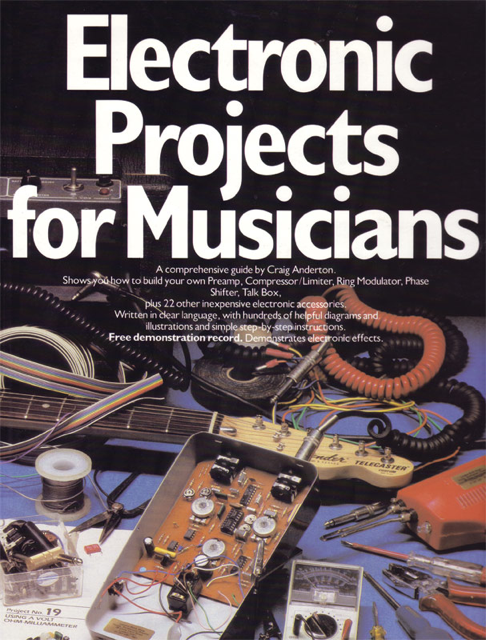
The cool thing about this is that book was first published when all these things were still analog, and the recent editions don’t change this much. I can assume how some of these things sound having used pedals and other gear from the same era, but you can’t know for sure until you build them and try them out, especially with your own gear.
When I started to think about what project I wanted to try first I realized that until I could hear them, and really audition them I wouldn’t know which I would like to keep and which might not work for the sound I’m looking for. I’d also like to tweak the designs to fit my style, so I didn’t want to go buy parts and build something permanent until I could hear them under realistic conditions.
The classic way to do this is with a breadboard, but circuits on breadboards can be delicate, and if you’ve ever seen me play guitar, that’s not a word you’d use to describe it. So I started thinking about a way to combine the flexibility of a breadboard and the robustness of an effects pedal and came up with The Univeral Stompbox.
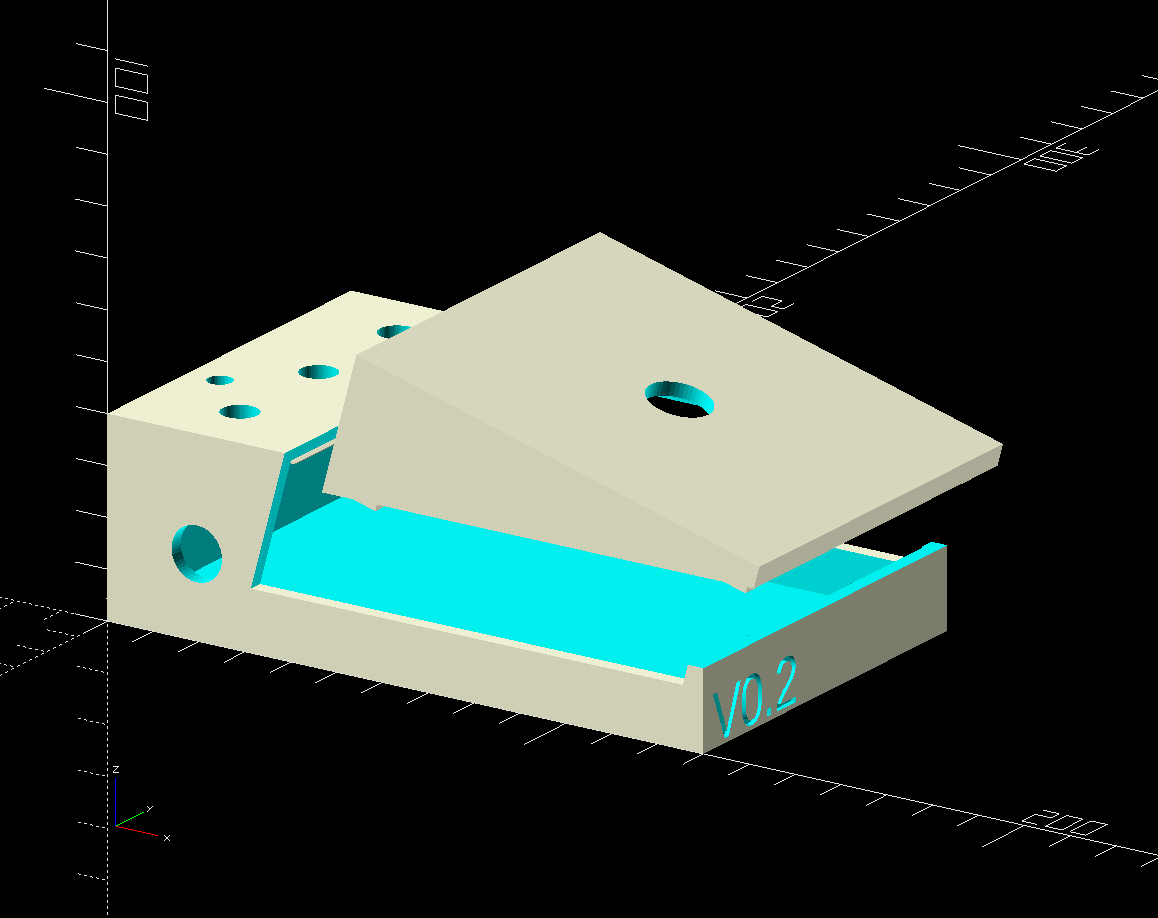
The idea is pretty simple, just a regular pedal on the outside, but with a breadboard in place of the circuit board on the inside. Of course the devil is always in the details.
I wanted something that could be used for multiple effects as well as experimenting with the circuits so I designed a basic pedal with a couple of knobs and switches, along with the requisite input, output and power jacks. I created the design in OpenSCAD and have been doing my best to make the design parametric so it can be easily customized to accommodate different controls, etc.
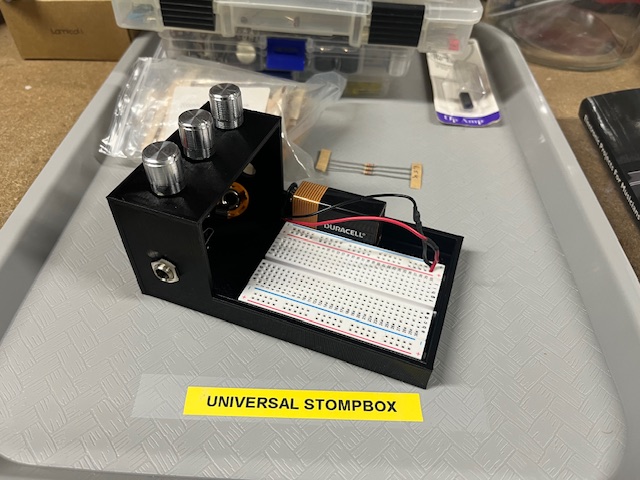
Along the way I ran into a few problems getting everything to fit but I’ve settled on a design that I think will work well enough to test out a few circuits.
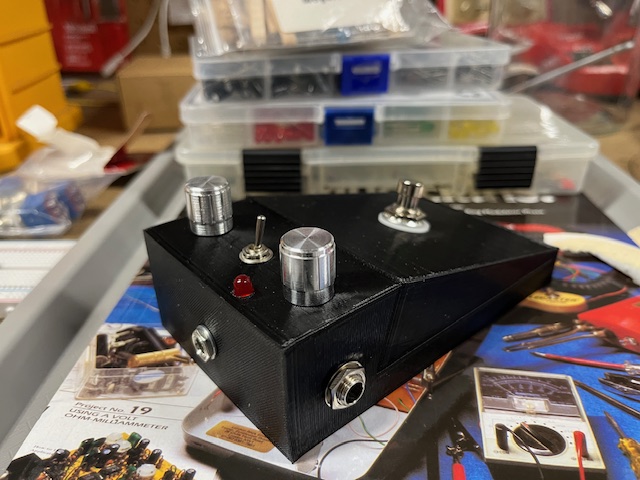
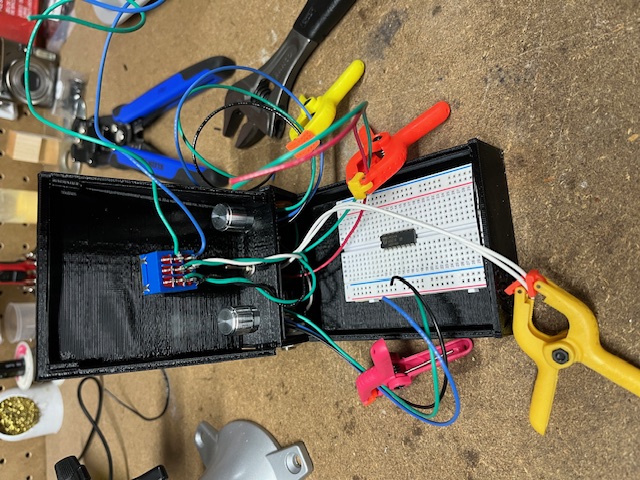
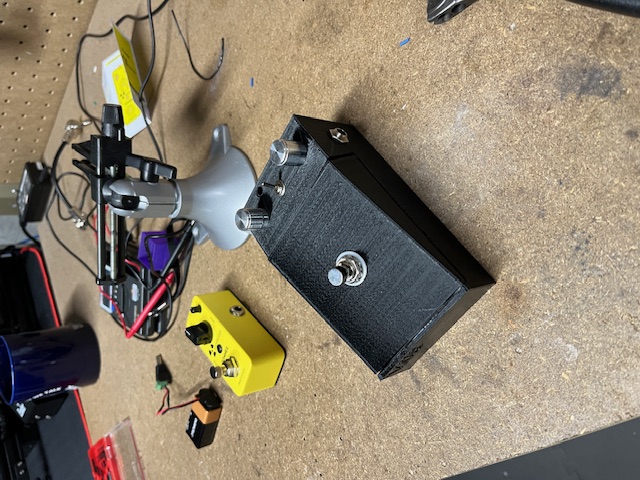
Of course I have a laundry list of features for “version 2.0”, mostly things to make it easier for other people to use it and to reduce the cost/complexity/etc., but I’m trying to hold-off on making any major changes until I actually have a working pedal to experiment with and identify any other problems (I’m thinking it might need some shielding, etc.).
I’m pretty excited about this one because I can imagine turning it into a “kit” that lets musicians interested in learning how to make their own sounds experiment more easily experiment with building their own effects without needing a lot of tools and with a little more safety than starting completely from scratch.
In the meantime you can visit the repository to see how things are coming along and take a whack at building one yourself!